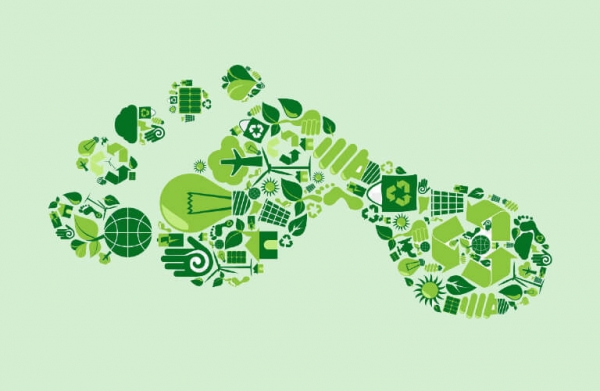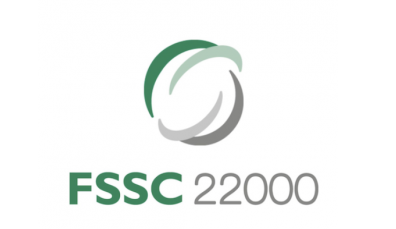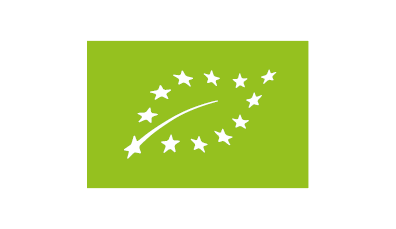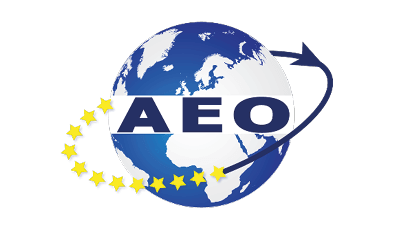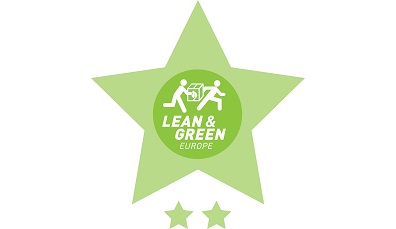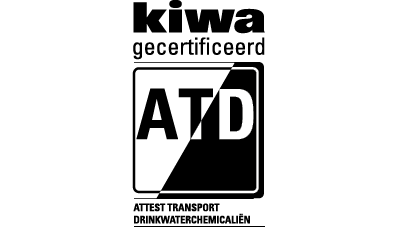Zijderlaan strives to do business sustainably. By taking deliberate measures that not only reduce costs, but reduce environmental impact at the same time, Zijderlaan is optimising its (sustainable) transport. Partly because of this, Zijderlaan has participated in the Lean and Green Connekt Programme in the last five years. For the coming years, Zijderlaan has prepared a CO2 footprint and related reduction plan to monitor and reduce CO2 emissions.
What did we achieve already?
For the Lean and Green programme Zijderlaan realized a CO2 reduction of approximately 24% in 2016 compared to 2011. The measures taken by Zijderlaan to achieve these savings are:
- Course “Het Nieuwe Rijden” (The New Driving) for all drivers;
- Reducing empty mileage by intensifying cooperation with clients and transport partners;
- A new distribution centre that optimises transport flows (BREEAM certified);
- Conscious choice to use lighter materials, which increases loading capacity within the authorised total mass of the vehicle.
What's next?
Towards the future, an active CO2 reduction policy and monitoring of activities should continue to take place. For this reason, Zijderlaan has chosen to once again draw up a reduction plan, this time organisation-wide in the form of a so-called CO2 Performance ladder. The CO2 performance ladder is a certified measuring instrument to provide companies with insight into their CO2 emissions. A part of the CO2performance ladder is the making of a CO2 footprint. This footprint maps the overall emissions of the entire organisation (per scope). In addition, this footprint leads to the goal of ensuring that the company's overall goal is to achieve a transparent reduction of its CO2 emissions, according to a set goal and reduction measures.
The Zijderlaan customer segment does not yet make it necessary to choose a certifiedCO2 Performance ladder. Zijderlaan processes its consumption figures in a CO2 reduction box. This CO2 reduction box is focused on the custom CO2 footprint and corresponding reduction plan.
Reduction plan 2016-2020
The plan of action has set new objectives and implemented measures that can provide the necessary reduction. The following objectives are described in the Action Plan.
Zijderlaan has the goal for itself of achieving the following CO2 reduction in the next 5 years, measured from the reference year 2014.
| CO2 reduction goal Zijderlaan for 2020 |
| Zijderlaan wants to reduce 5% less CO2 in 2020 than 2014 |
| CO2 reduction goal Zijderlaan for 2040 |
| Zijderlaan wants to reduce 30% less CO2 in 2040 than 2014 |
Objective per emission flow:
100% CO2 reduction electricity
5% CO2 reduction gas
5% CO2 reduction fuel
Sub-targets:
FUEL ECONOMY COMMERCIAL VEHICLES
In order to reduce fuel consumption and the associated CO2 emissions, there has been an inventory of how much fuel can be reduced with the company cars, based with possible reduction measures. An estimate has been made that a minimum of 5% reduction by 2020 should be achievable. This reduction is related to the total number of transported tonnages in kilograms.
GAS CONSUMPTION OFFICES
In order to reduce gas consumption and the associated CO2 emissions, we have done an inventory of measures that apply to our business. We estimate that we can reduce our consumption and emissions by 5% over the next 3 years. In order to monitor this, progress is monitored by the number of square meters (m2).
ELECTRICITY USAGE OFFICES
Zijderlaan has the intention to purchase green energy for the buildings. This results in a reduction of 100% CO2 reduction. In addition, measures have been taken to reduce electricity consumption, such as installing LED lighting, optimising the climate systems, and, for example, purchasing an energy management system to prevent waste. In addition to reducing CO2 emissions, the goal is to reduce electricity consumption by 10%. In order to monitor this, progress is linked to the number of square meters (m2).
Progress CO2 reduction
Progress and measures are monitored on the basis of the number of tonnages transported and the number of square meters. In order to monitor the progress in diesel consumption, this will be linked to the transported tonnages (kilograms). To monitor the progress in gas and electricity consumption, this will be related to the number of m2. Zijderlaan has mainly focused on the CO2 reduction in diesel fuel consumption, as 98% of the total emissions are caused by our means of transportation. Of course, CO2 reduction of electricity and gas in the office and the DCs is constantly monitored and we will continue to look for improvement opportunities. Below you can find the results of our CO2 reduction in means of transport over the last 6 years.
REDUCTION POTENTIAL
Based on the footprint, the internal discussions and brainstorming session, a new package of measures has been prepared to further reduce the fuel, gas and electricity consumption, thereby reducing CO2 emissions.
- Establish clear fleet policy inclusing:
- Maximum CO2 emission and energy label of a passenger car
- Engine type (Euro 5 or 6, electric)
- Policy on alternative fuels - Frequently consulting the engine management system for a thorough understanding of consumption and driving behaviour. Preferably on license plate and personal level. In the coming years, the focus will be on the driving behaviour of the drivers. The actual standard consumption can be tested according to the standard usage of the factory.
- Raise awareness among employees. Think about regular communication (toolboxes, newsletters) in the topic of:
- Maintenance of the trucks
- The unnecessary stationary running of trucks
- Driving tips
- Correct tire pressure - Purchasing green energy and taking energy efficient measures for the office and distribution centres.
The CO2 footprint results in organisational awareness of CO2, both in our own business and in carrying out our services. In addition, Zijderlaan's organisation is actively engaged in the realisation of energy savings and, where possible, makes efficient use of sustainable materials and energy.

